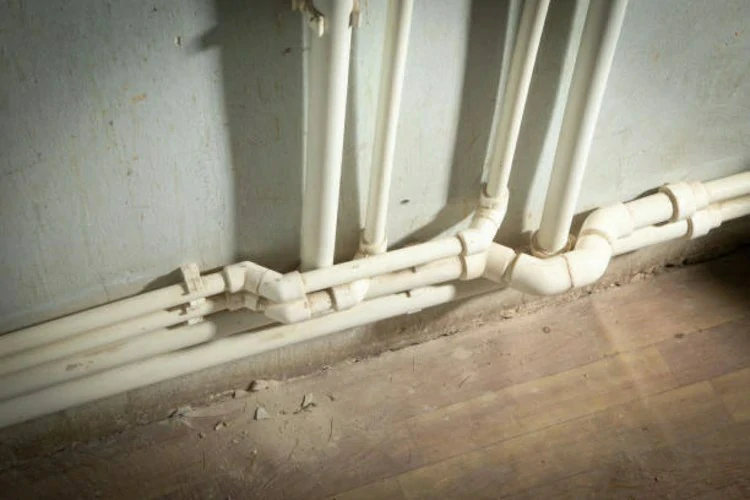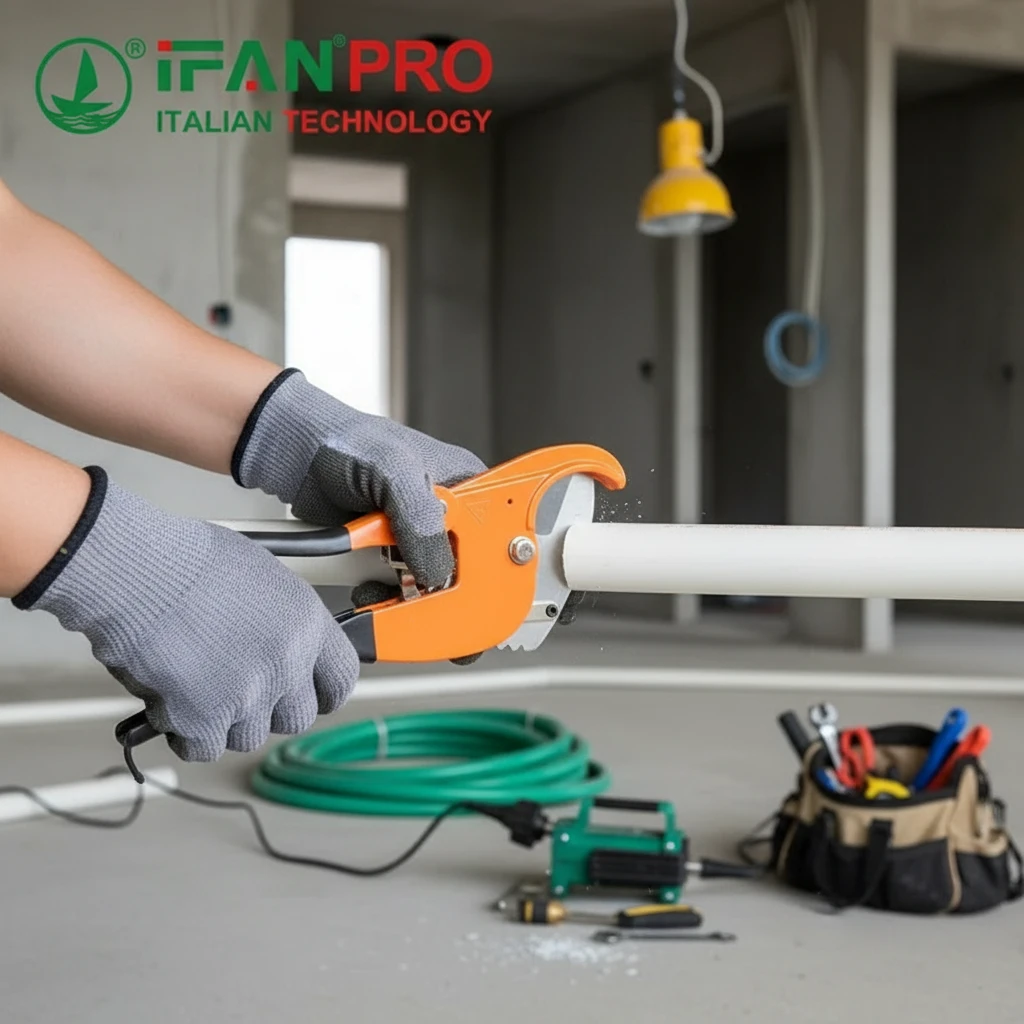Introduction:
PPR (Polypropylene Random Copolymer) pipeline systems are lauded for their versatility and reliability in fluid conveyance. Key to their installation is the choice of connection methods, crucial for leak-free joints and seamless operation. This article explores connection techniques for PPR pipes, including heat fusion, heat fusion tape, and mechanical connections, outlining their benefits and applications.
Heat Fusion Connection Method
1.1 Principle of Heat Fusion
Heat fusion, a prevalent method for joining PPR pipes and fittings, entails melting the surfaces of the pipe and fitting to form a robust, homogenous joint. To achieve this, the ends of the PPR pipe and fitting are heated to fusion temperature using a specialized heat fusion machine or welding tool.
1.2 Steps for Heat Fusion Jointing
The heat fusion jointing process comprises several steps. First, the pipe and fitting ends are cleaned and deburred to ensure smooth, uniform surfaces. Then, a heated fusion tool is applied to both the pipe and fitting simultaneously, melting their polymer surfaces and forming a molten bead. Next, the molten surfaces are firmly pressed together, allowing them to fuse and cool rapidly, resulting in a seamless, leak-proof joint.
3.5
1.3 Advantages of Heat Fusion
Heat fusion provides numerous benefits for PPR pipeline connections. These include high joint strength, uniform material properties, and resistance to leakage, corrosion, and chemical attack. Consequently, the resulting joints are durable, long-lasting, and capable of withstanding high pressure and temperature conditions. This makes heat fusion an ideal choice for critical applications in plumbing, heating, and industrial piping systems.
Heat Fusion Tape Connection Method
2.1 Introduction to Heat Fusion Tape
Heat fusion tape, also called hot melt tape or welding tape, offers an alternative method for joining PPR pipes and fittings. It eliminates the need for specialized equipment or heat fusion machines. The tape comprises a heat-activated adhesive layer sandwiched between two polyethylene films. When heated, these films bond to the surfaces of the pipe and fitting, creating a strong connection.
2.2 Application of Heat Fusion Tape
To use heat fusion tape, start by cleaning and deburring the pipe and fitting ends as you would for heat fusion jointing. Next, wrap the heat fusion tape around the pipe end, ensuring complete coverage and overlap. Apply heat evenly to the wrapped area using a heat gun or torch, activating the adhesive and forming a strong, watertight bond between the pipe and fitting.
2.3 Benefits of Heat Fusion Tape
Heat fusion tape offers several benefits for PPR pipeline connections, including ease of use, versatility, and compatibility with various pipe sizes and materials. It eliminates the need for heat fusion machines and reduces installation time and labor costs, making it a convenient option for small-scale projects, repairs, and emergency situations.
Mechanical Connection Method
3.1 Overview of Mechanical Connections
In addition to heat fusion techniques, mechanical connections are another option for joining PPR pipes and fittings. Mechanical connections involve the use of compression fittings, threaded adapters, or push-fit connectors to secure the pipe and fitting together without the need for heat or adhesives.
3.2 Types of Mechanical Connections
Common types of mechanical connections for PPR pipelines include compression fittings and threaded adapters. Compression fittings utilize a compression nut and ring to create a tight seal between the pipe and fitting. Threaded adapters screw onto the pipe and fitting threads to form a secure connection. Push-fit connectors, like push-to-connect or press-fit fittings, enable quick and tool-free installation by pushing the pipe into the fitting until it clicks into place.
3.3 Advantages and Considerations
Mechanical connections provide benefits like easy installation, reusability, and adaptability in cramped spaces where heat fusion isn’t feasible. However, they can be prone to leaks, loosening, or damage if improperly installed or exposed to high pressure or movement. Therefore, meticulous selection and installation of mechanical fittings are essential to ensure the reliable performance and longevity of the PPR pipeline system.
Conclusion:
The selection of connection methods plays a crucial role in the performance, durability, and reliability of PPR pipeline systems. When choosing between heat fusion, heat fusion tape, or mechanical connections, consider factors such as application requirements, installation conditions, and budget constraints.
IFAN is a Chinese manufacturer of plastic pipes, fittings and valves with 30 years of experience. If you are interested in IFAN Raccords en cuivre, vannes en cuivre, tuyaux et raccords en plastique, veuillez nous contacter. IFAN offers you a variety of standard pipes to meet your specific needs. Click below to learn more about IFAN’s wide range of affordable and cost-effective valve products and piping system related products.
We will reply your email or fax within 24 hours.
You can call us at any time if there is any question on our production.
For more information,pls visit our webside https://ifanpro.com/
Veuillez envoyer un courrier à l'adresse suivante [email protected]
Whatsapp : + 86 19857948982














Commentaires récents